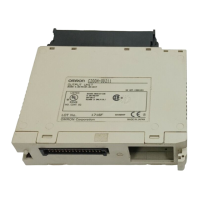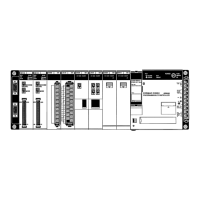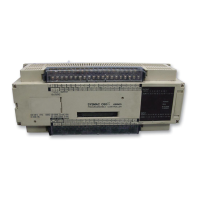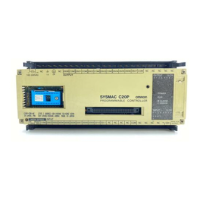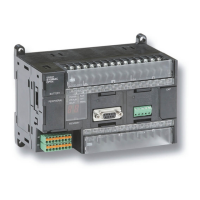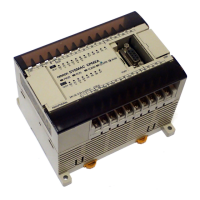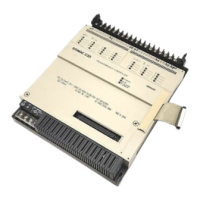Glossary
482
initialization error An
error that occurs either
in hardware or software during the PC System star
-
tup, i.e., during initialization.
initialize Part of the startup process whereby some memory areas are cleared, system
setup is checked, and default values are set.
input The
signal coming from an external
device into the PC. The term input is often
used abstractly or collectively to refer to incoming signals.
input bit A bit in the IR area that is allocated to hold the status of an input.
input device An external device that sends signals into the PC System.
input point The
point at which an
input enters the PC System. Input points correspond phys
-
ically to terminals or connector pins.
input signal A
change in the status of a connection entering the PC. Generally an input signal
is
said to exist when, for example, a connection point goes from low to high volt
-
age or from a nonconductive to a conductive state.
instruction A
direction given in the program that tells the PC of an action to be carried out,
and
which data is to be used in carrying out the action. Instructions can be used
to
simply turn a bit ON or OFF
, or
they can perform much more complex actions,
such as converting and/or transferring large blocks of data.
instruction block A
group of instructions that is logically related in a
ladder-diagram program. Al
-
though
any logically related group of instructions could be called an
instruction
block, the term is generally used to refer to blocks of instructions called logic
blocks
that require logic block instructions to relate
them to other instructions or
logic blocks.
instruction execution time The
time required to execute an instruction. The execution
time for any one in
-
struction
can vary with the execution conditions for the instruction and the
oper
-
ands used within it.
instruction line A
group of conditions that lie together on the same horizontal line of a ladder dia
-
gram. Instruction lines can branch apart or join together to form instruction
blocks.
interface An
interface is the conceptual boundary between systems or devices and usual
-
ly
involves changes in the way the communicated data is represented. Interface
devices
such as NSBs perform operations like
changing the coding, format, or
speed of the data.
interlock A
programming method used to treat a number of instructions as a group so
that
the
entire group can
be reset together when individual execution is not required.
An
interlocked program section is executed normally for an ON execution condi
-
tion and partially reset for an OFF execution condition.
interrupt (signal) A
signal that stops normal program execution and causes
a subroutine to be run.
Interrupt Input Unit A Rack-mounting Unit used to input external interrupts into a PC System.
inverse condition A
condition that produces an ON execution condition when the bit assigned to it
is OFF, and an OFF execution condition when the bit assigned to it is ON.
I/O capacity The number of inputs and outputs that a PC is able to handle. This number
ranges
from around one hundred for smaller PCs to two thousand for the largest
ones.
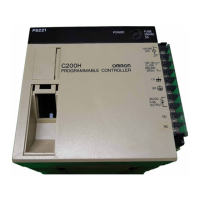
